
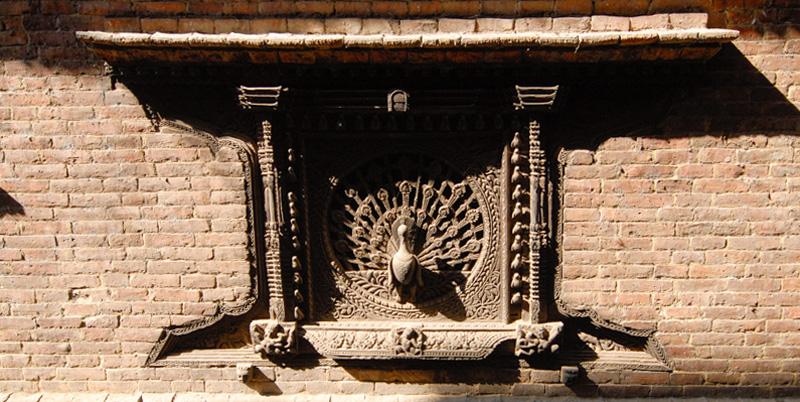
Landlocked along the southern flanks of the Himalayan Mountains, Nepal‘s neighbours are Tibet to the north, and India along the western, southern, and eastern borders. Popular among adventure and culture seekers, Nepal is known for its incredible mountain scenery, vibrant culture, and historical architecture.
Sadly, on April 25, 2015, a massive earthquake of magnitude 7.8 struck near Lamjung, northwest of the capital, Kathmandu. This quake was followed by hundreds of aftershocks. Two weeks later, on May 12th, another quake with a magnitude of 7.3 struck to the northeast of Kathmandu. More than 9,000 people lost their lives with more than 22,000 being injured – including locals and foreign tourists. The quake not only devastated people’s lives, it also changed the mountainous landscape and destroyed much of Nepal’s priceless cultural heritage. Architectural masterpieces were left in ruins across the nation.
Globerovers Magazine is fortunate to present the architectural marvels of Nepal prior to the 2015 earthquakes. Areas covered are Kathmandu, Boudhanath, Patan, and Bhaktapur.
Durbar Square, Kathmandu
The old city centre of Kathmandu around Durbar Square has heritage buildings representing four kingdoms – Kantipur, Lalitpur, Bhaktapur, and Kirtipur. Declared a UNESCO World Heritage Site, construction first commenced here around the 11th century, or possibly earlier. Much of what we see today were constructed around the 16th century.
Most of the buildings of particular interest are the temples, stupas, and shrines, as well as the Royal Palace which was originally built at nearby Dattaraya Square but was later moved to Durbar Square. Some buildings here were totally destroyed by the 2015 earthquake.

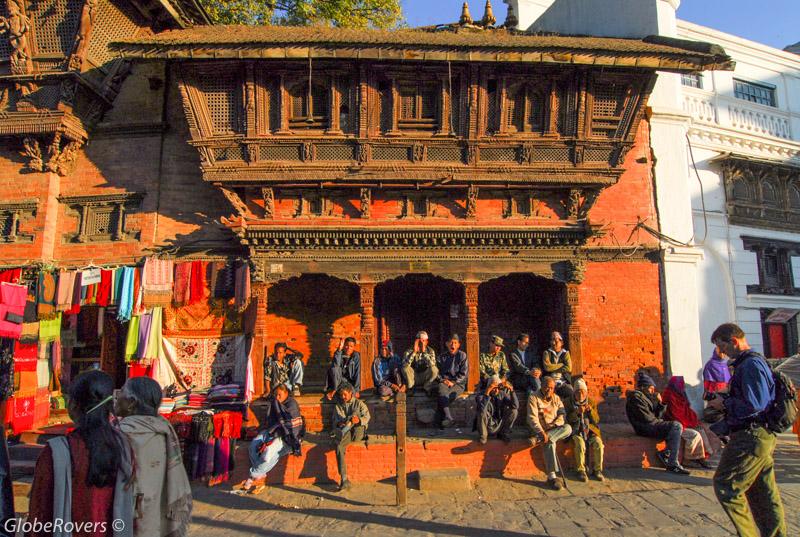
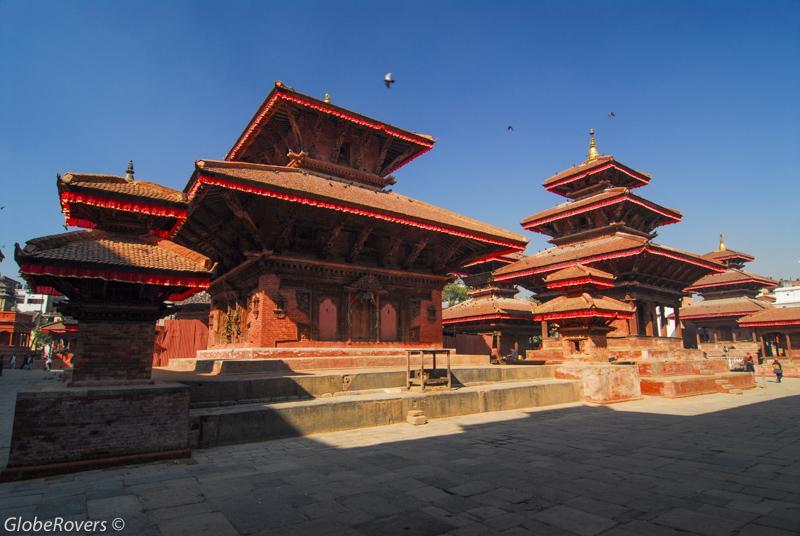
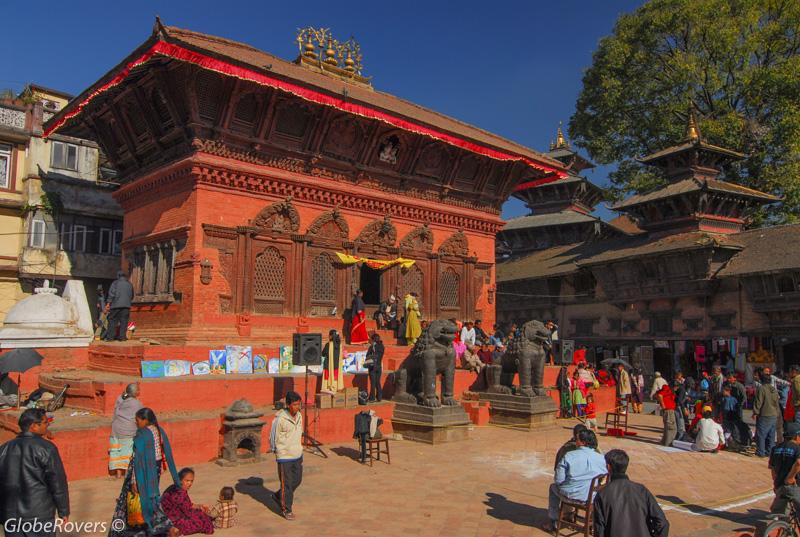
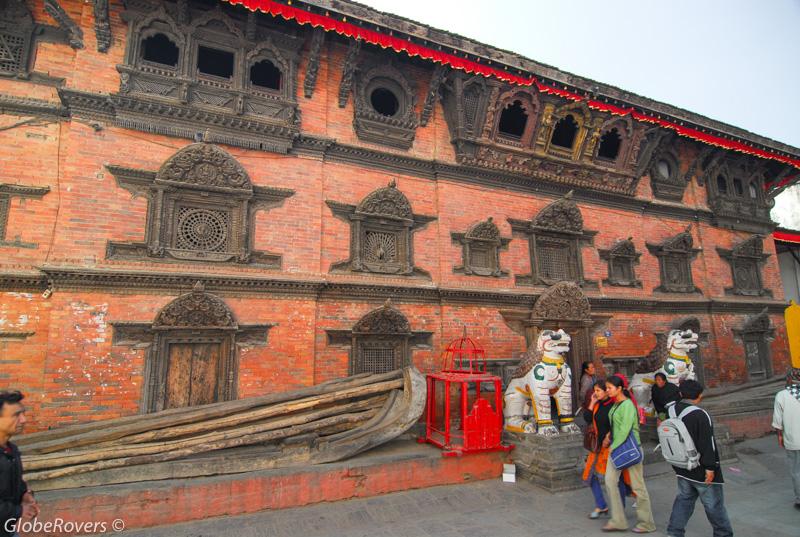
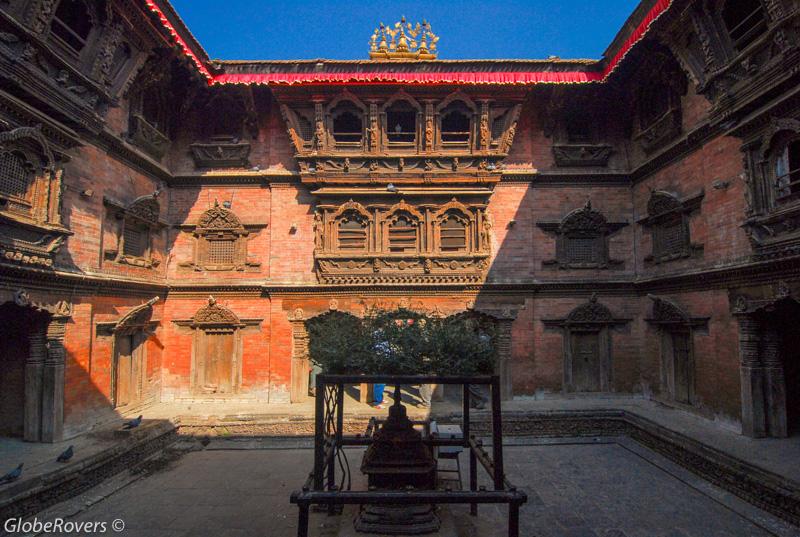
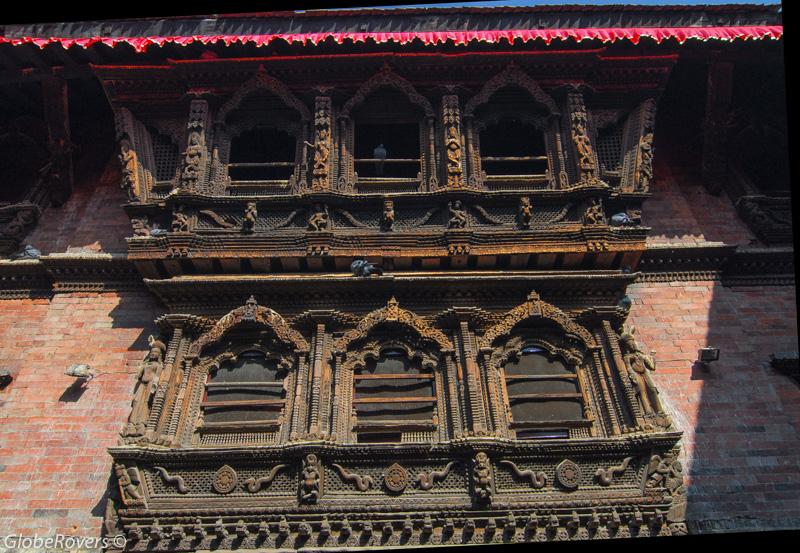
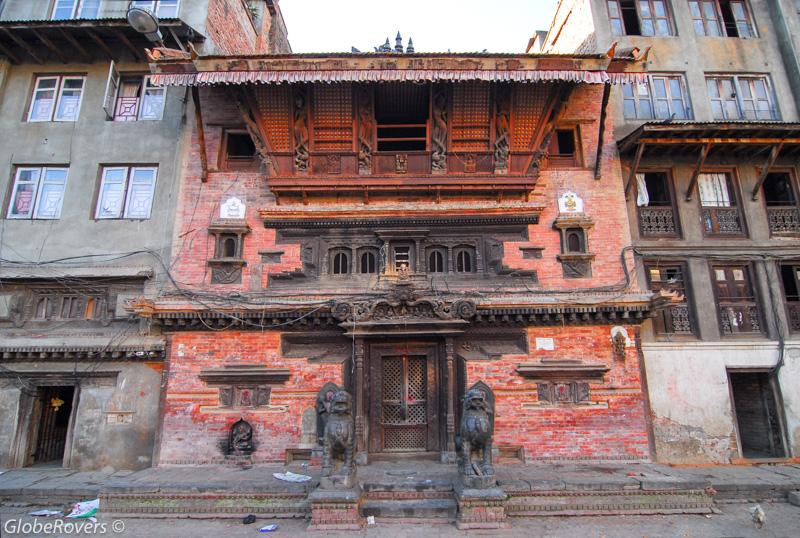

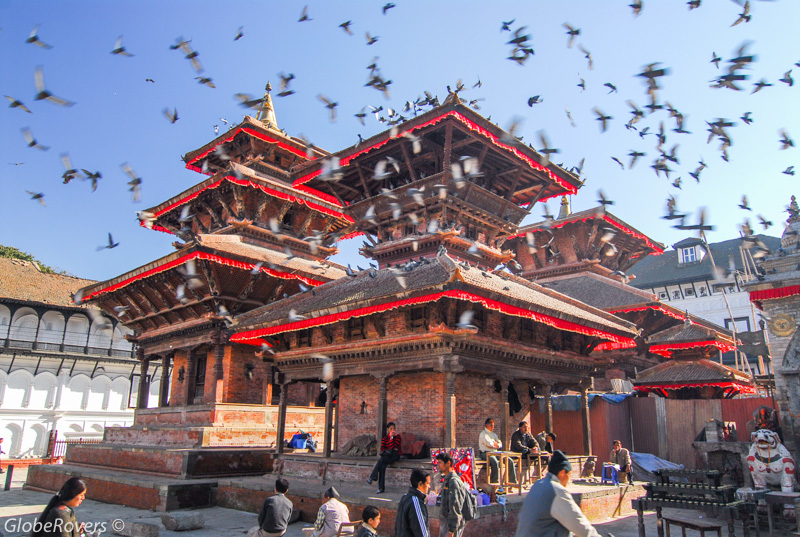
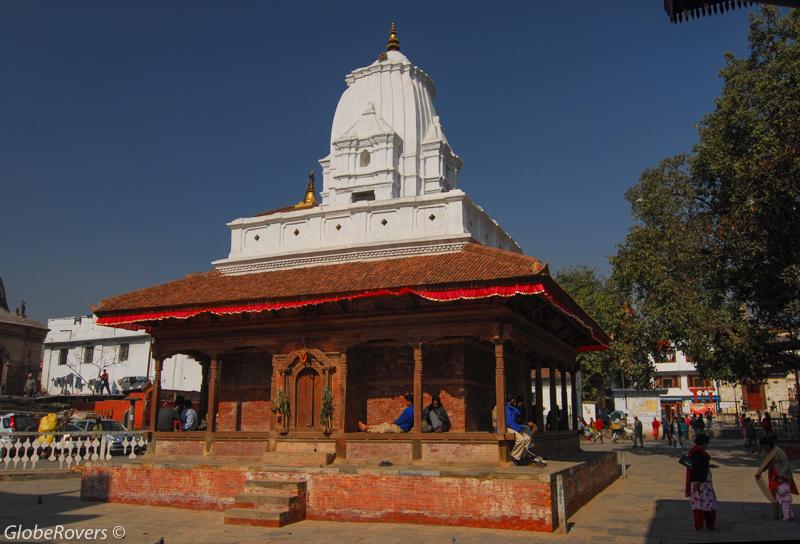
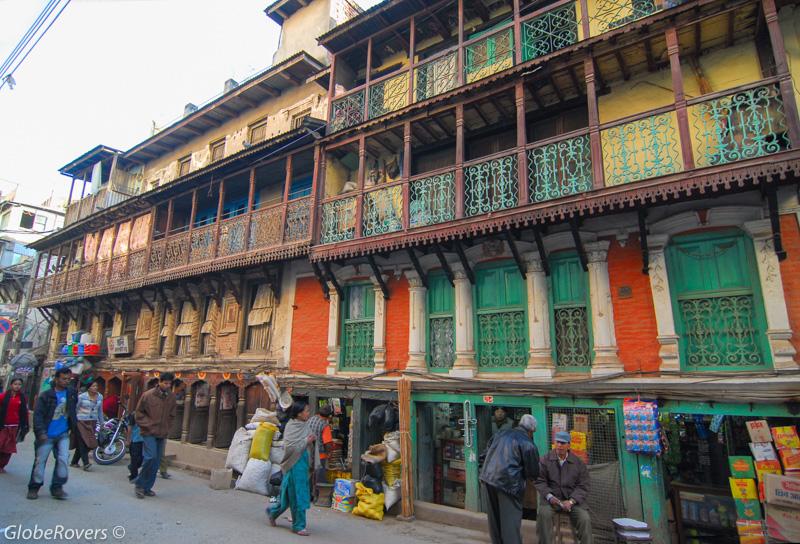
Boudhanath (Bodnath / Boudha) in the Kathmandu Valley
Boudhanath is most famous for its stupa which is one of the largest stupas in the world and a UNESCO World Heritage site. It is a popular attraction so hundreds of pilgrims walk in a clockwise direction around the stupa, under the protective eyes of Buddha.
This massive stupa was built around the 14th century and is believed to have been created right after the passing of the Buddha.
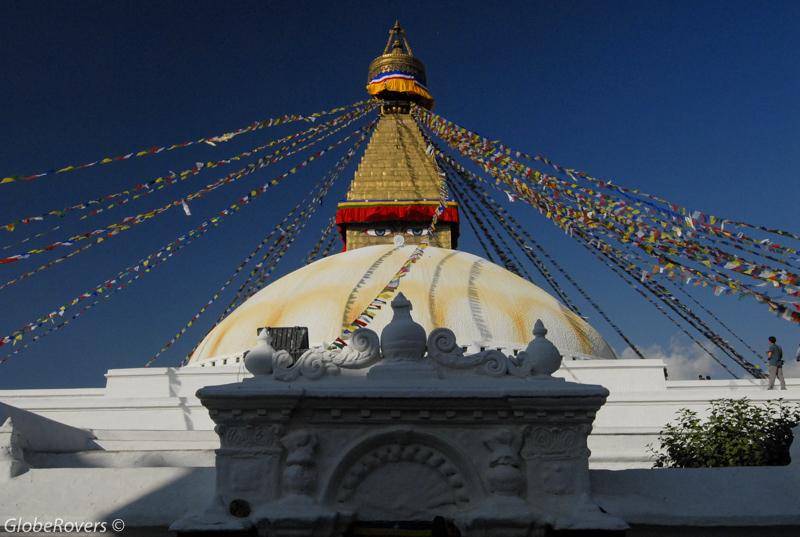
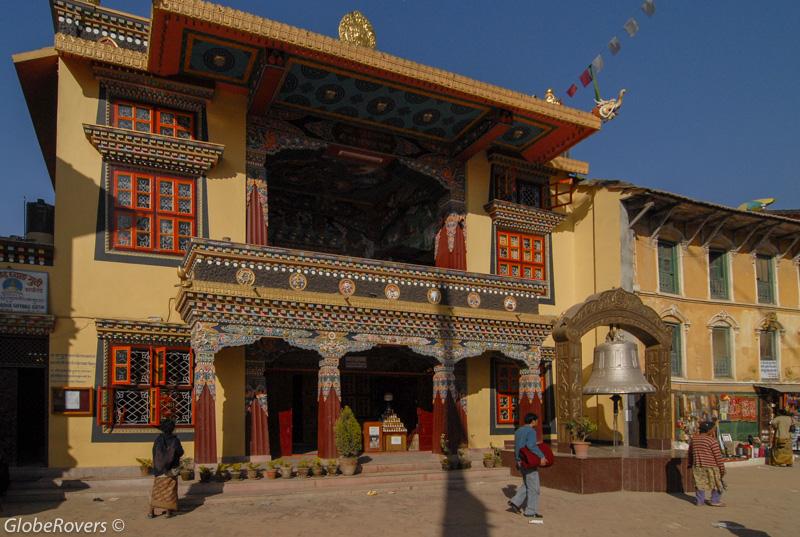
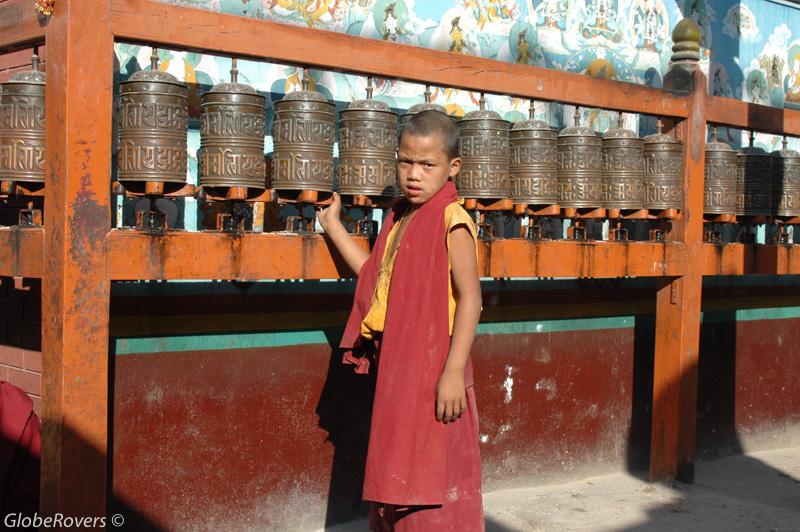

Durbar Square in the Bhaktapur Valley
Located about 15 km from Kathmandu, Durbar Square in Bhaktapur is most famous for its silver bell, known to local residents as “the bell of barking dogs” as when it was rung, dogs in the vicinity barked and howled. The colossal bell was hung by King Ranjit Malla in 1737 AD and was used to sound the daily curfew. It was rung every morning when goddess Taleju was worshipped. Durbar Square is a living museum of medieval art and architecture with many examples of sculpture, woodcarving and colossal pagoda temples consecrated to different gods and goddesses.
Among the many attractions here are the 55-window palace, the golden gate, lion’s gate, Pashupati temple, Vatsala Temple, Bhairava Nath Temple and the Nyatapola Temple.
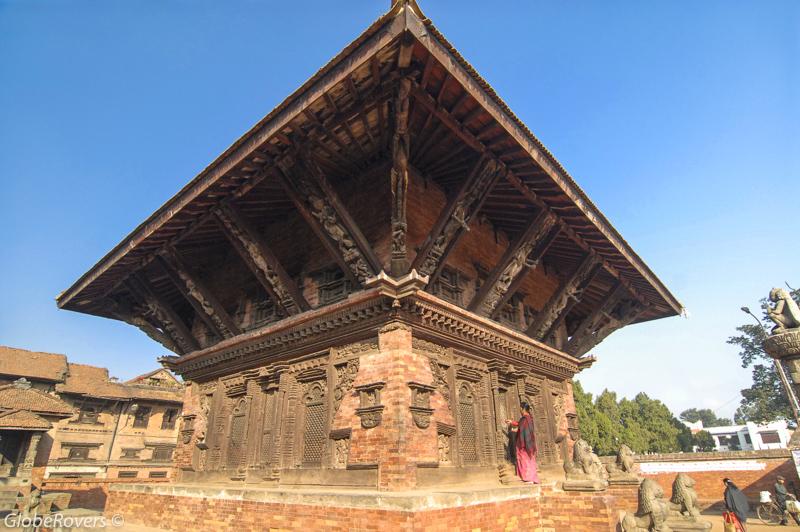
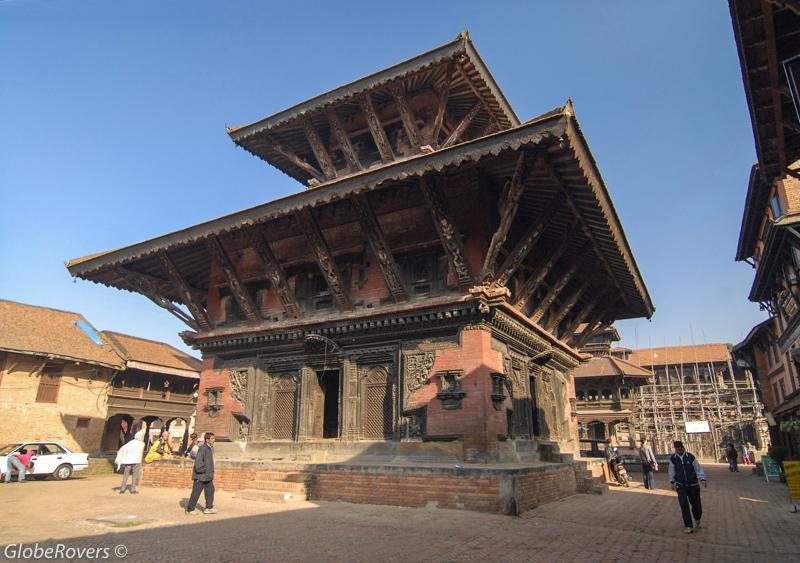
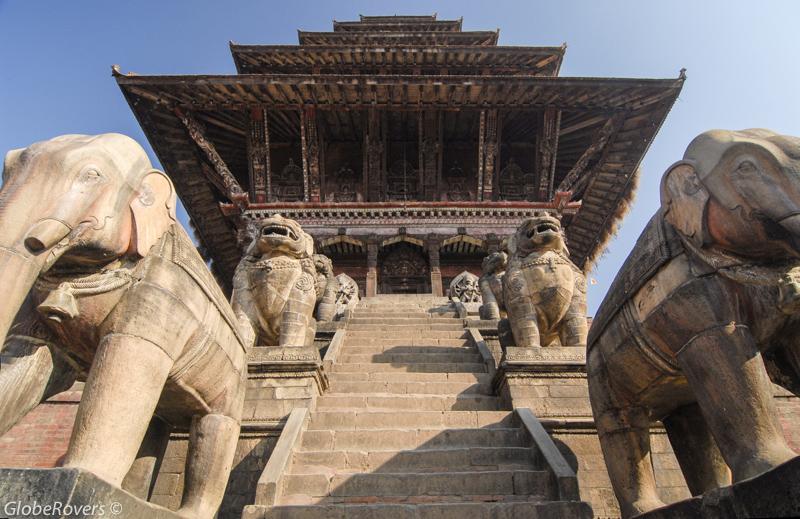
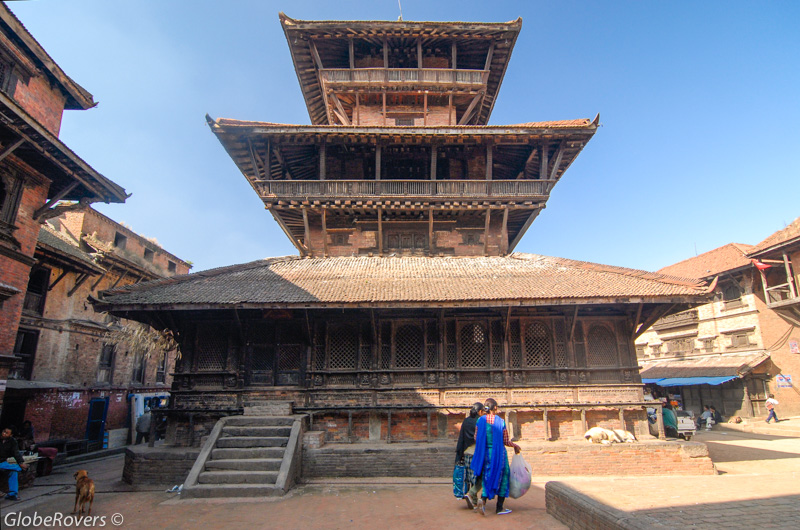

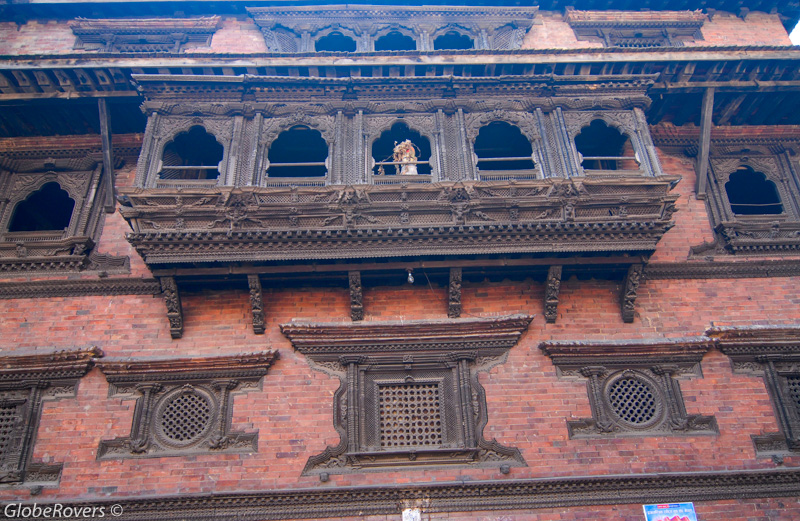
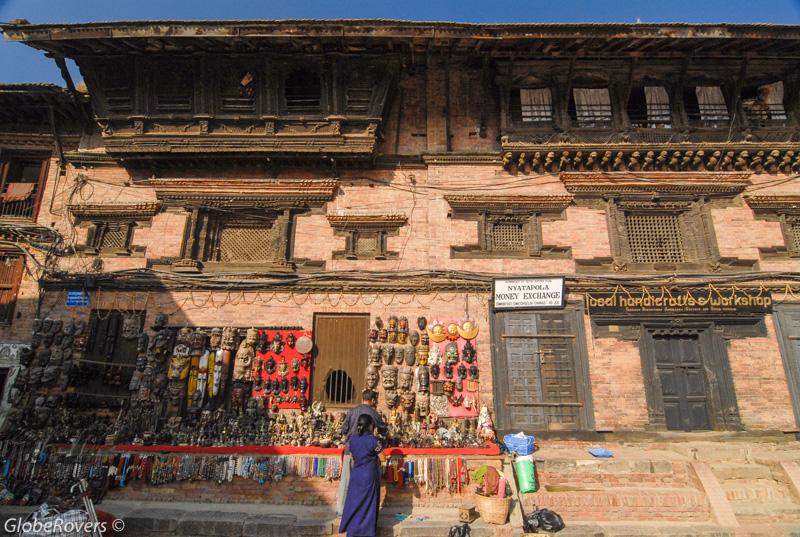
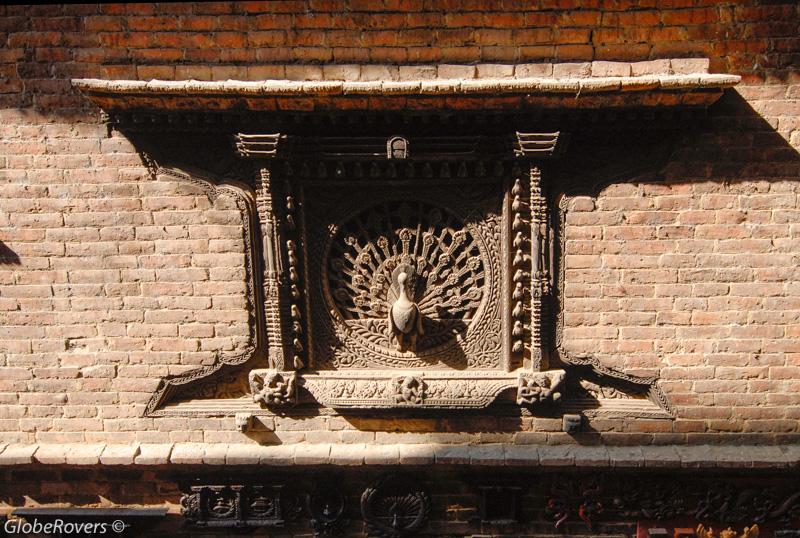
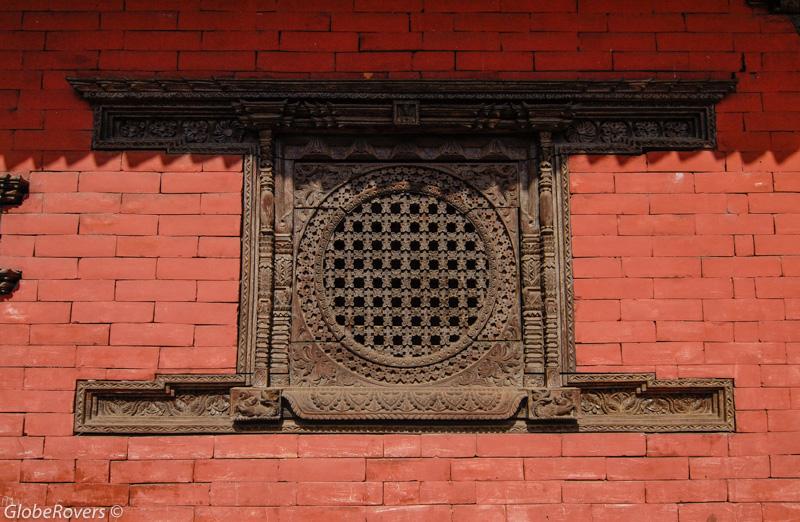
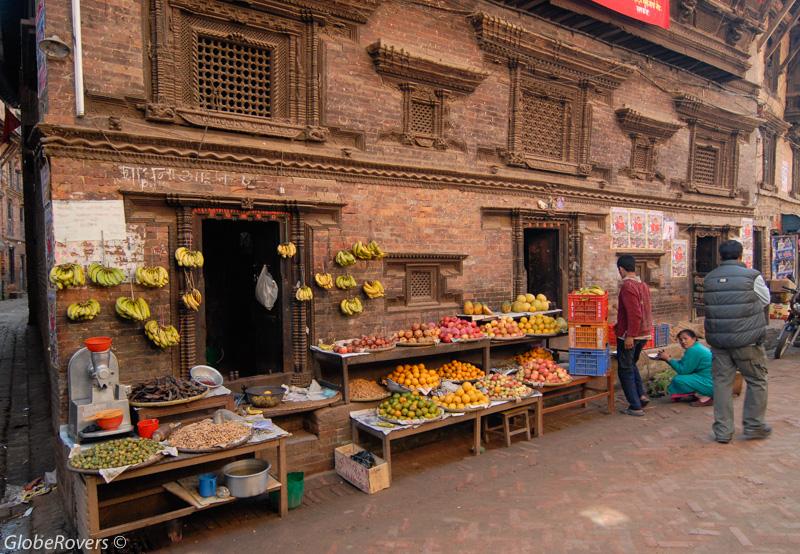
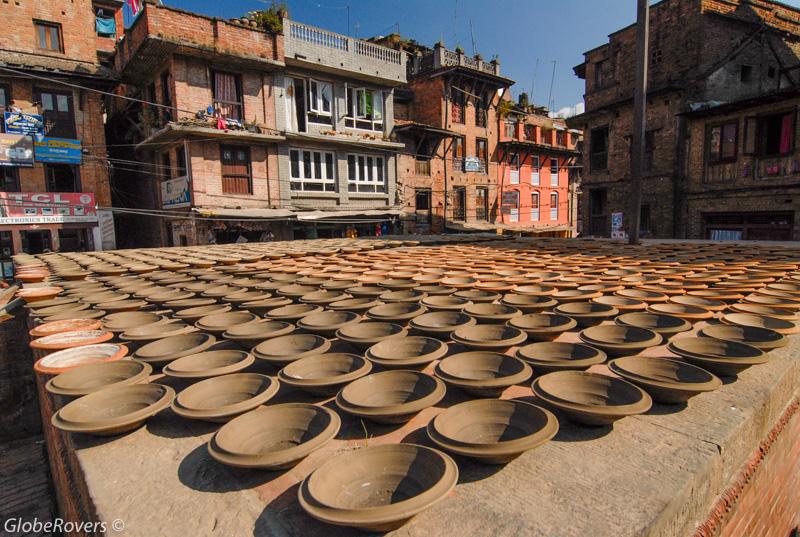

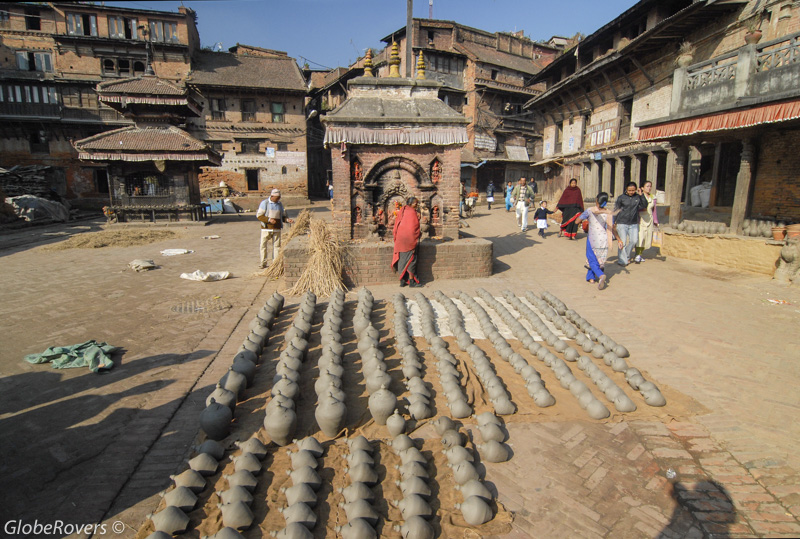
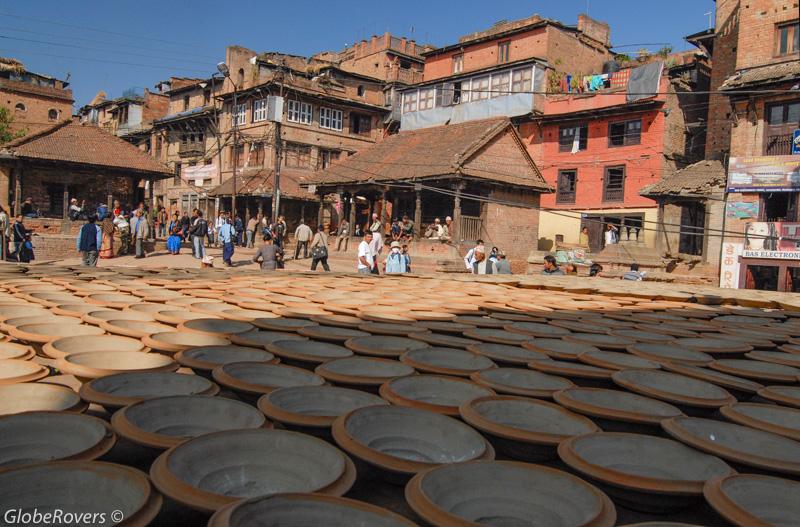
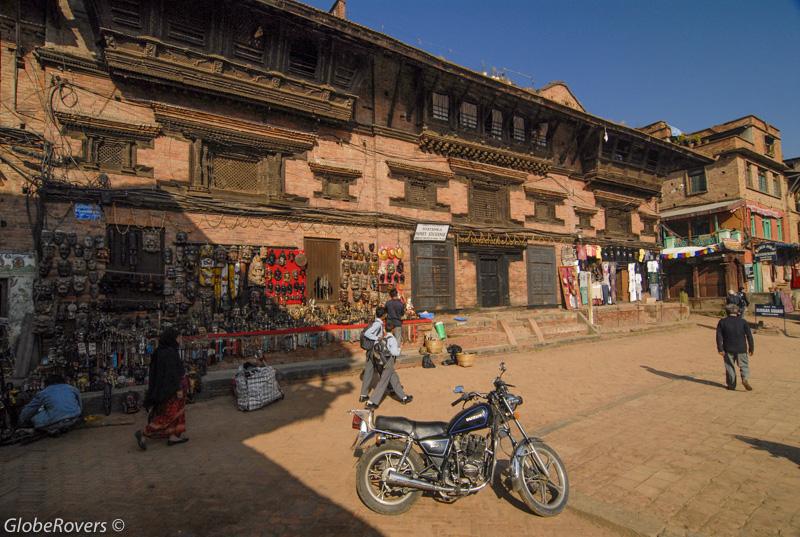
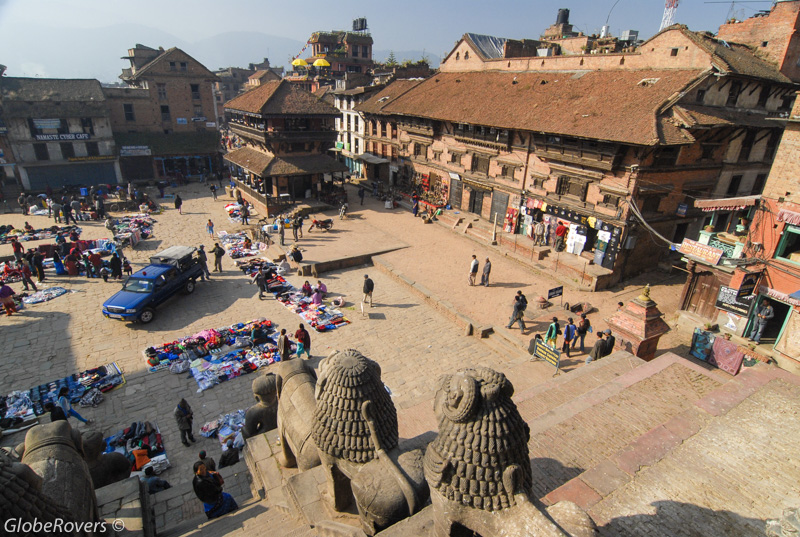
Durbar Square in Patan
Patan is the oldest of the three cities of Kathmandu Valley. It is best known for its artistic heritage and is likely one of the oldest Buddhist cities in the world. Located on a plateau across Bagmati River, the city is is surrounded by four stupas which are believed to have been built by the famous Emperor Ashoka.
Among the attractions are the local museum, Hiranya Varna Mahavihar three- story golden pagoda, the “Golden Window”, Krishna Temple, Golden Temple, and the Mahabouddha Temple.
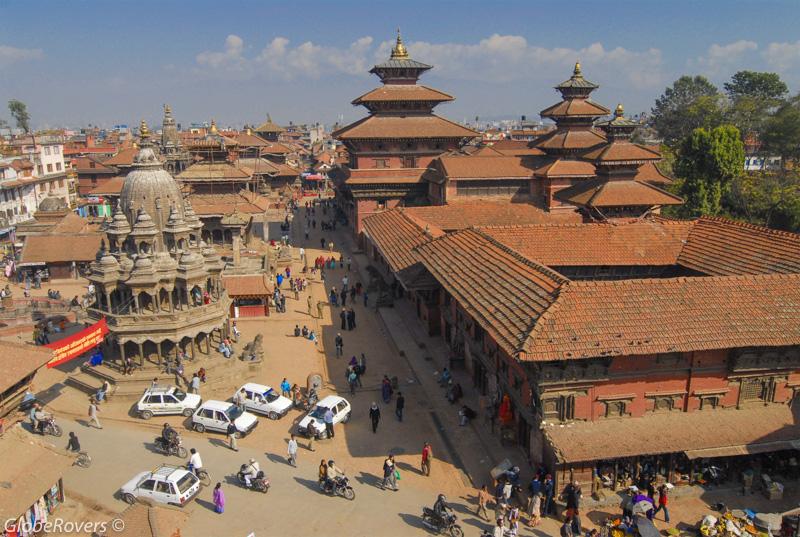

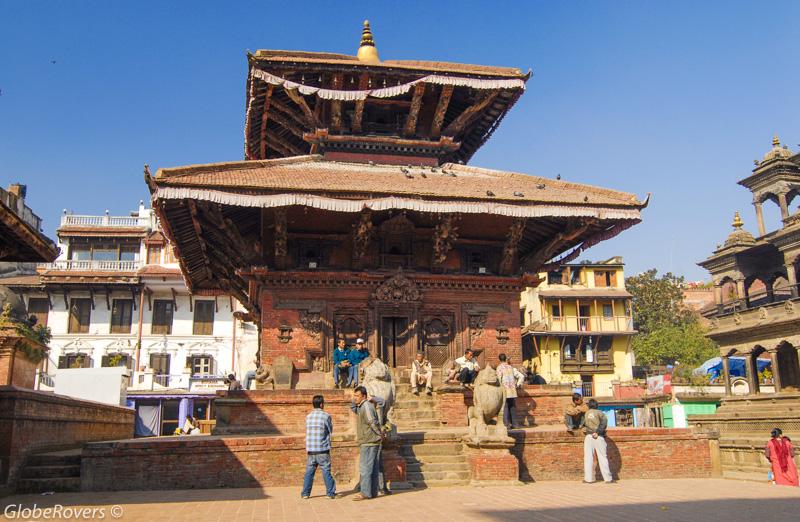

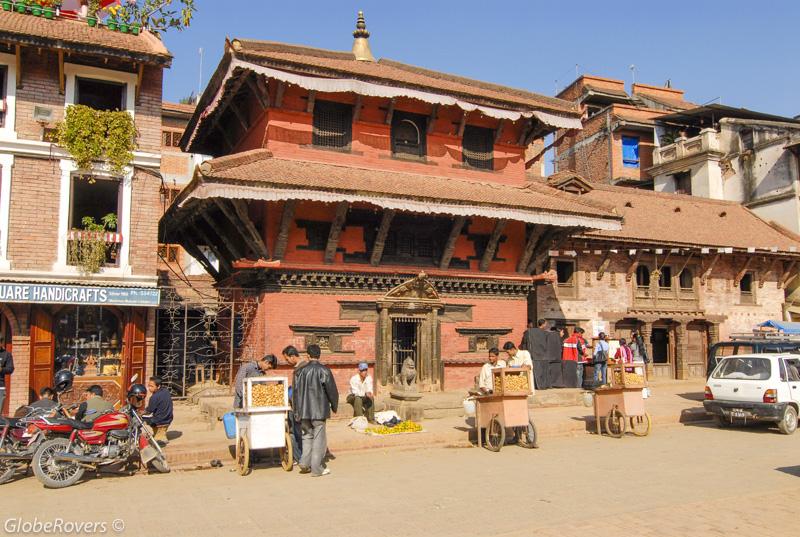
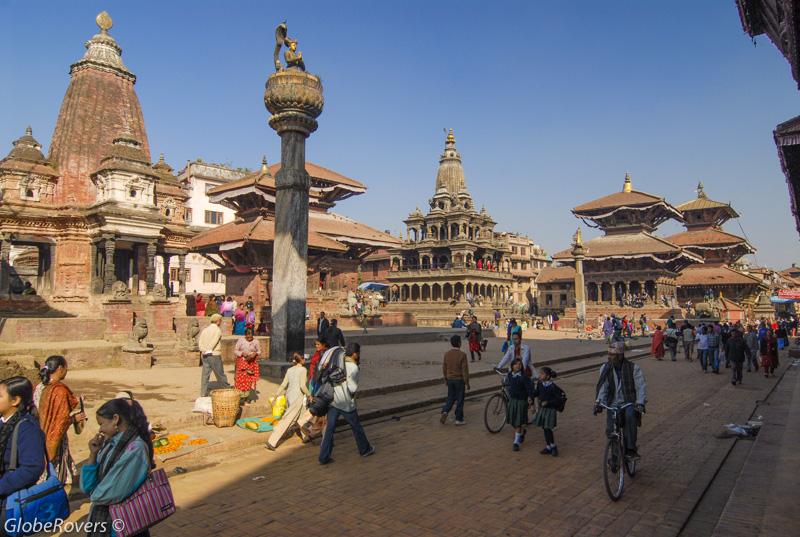
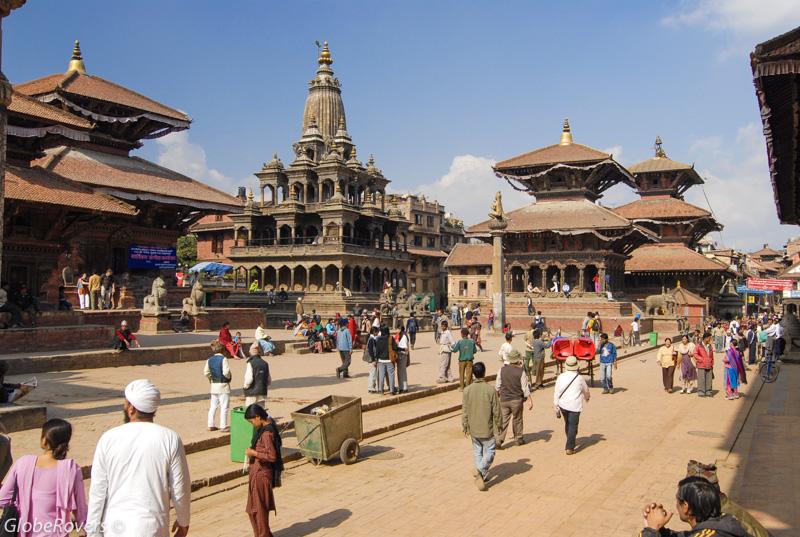
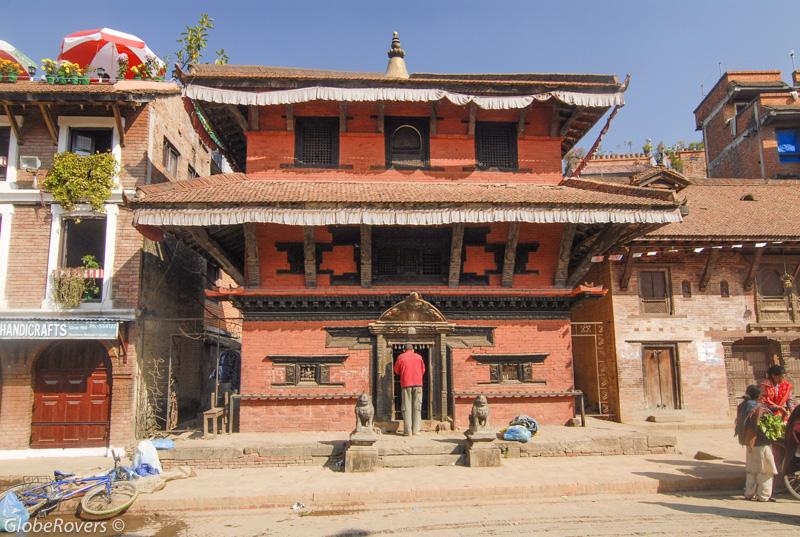
☛ Read more: All posts of Nepal

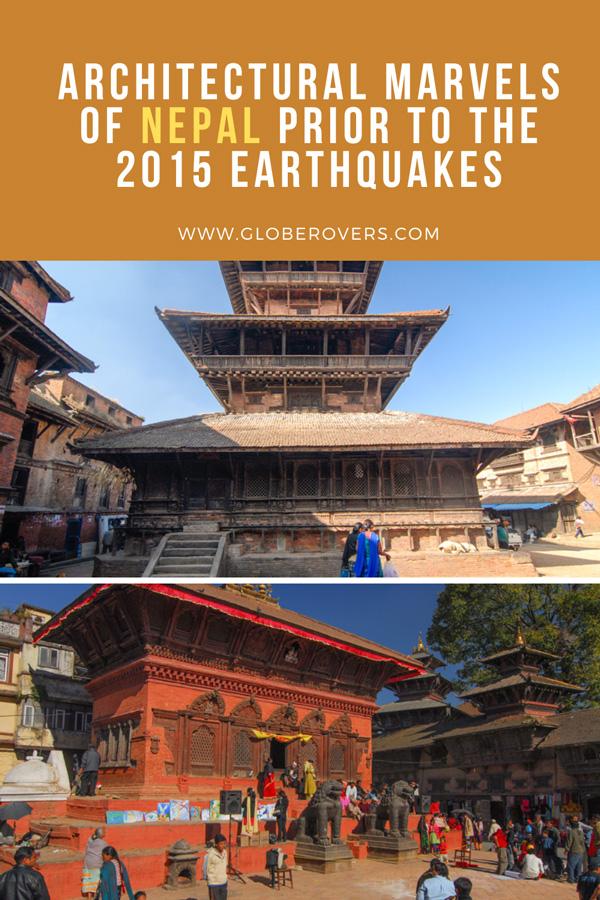

Blog post and photos by Peter who has been travelling almost full-time since 2005 and has been to over 122 countries. He visited several countries, such as Japan, more than 20 times. Peter is Editor-in-Chief and Publisher of GlobeRovers Magazine, an independent travel magazine focused on intrepid destinations.
